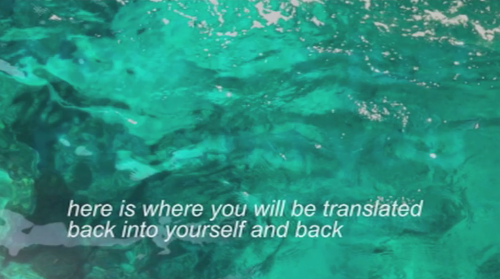Self Resolution
Written in response to a brief on image and resolution.
Teachers often remind students of yoga that practice is not about exterior body, but how it feels inside. Image is secondary to sensation; being present each session is more about invisible effects than perfection of form. This is the opposite to ballet, where the insistence on supple arch and sinewy shape topples intuitive physical limits, to the detriment of ligaments and bones. Every practice comes with its own intention, and turning attention to care within, ignoring what society pressures for the out, is a tall order.

The outside body is at times easier to make comply than the mind, and corporeal demands to sculpt and turn hard are as much about self-image as the exertion of control. With experience, you learn of deeply stretching the fasciae, which the dictionary defines as ‘bands of fibrous connective tissue enveloping, separating, or binding together muscles, organs, and other soft structures of the body.’ Helixes of inner bondage, pulled taut with potential before being released, blood flow restricted then flooding forth: this is how to stretch feeling, or this is how stretching feels.
Sometimes during class I internally hear a fragment of artist Hannah Black’s video My Bodies. The soundtrack is an edit of R’n’B women singing ‘My body – my body – my bod-dayy’; black women, not singing about my body; rhythmically true, disturbed and distorted; brimming bodies, all acting differently. On the mat, comparison with other bodies is not meant to be permitted, though if you go to a chi-chi city studio – I’m thinking Carrie Bradshaw falling out of balance in SoHo – the thought that people aren’t there for body image, aren’t looking at their neighbour, is self-cancelling.
In such studios, there are mirrors, which are distracting. The drishti (gaze) isn’t meant to see much of the world during movement, it settles softly without seeking to bring back a focused picture. In paradox, this inwards observation of usually steely eyes may sharpen a ‘sense of self’, a heightened inner picture that is no image at all. The self, imprecisely, is not highly defined; it is a shifting process re-formed by what visions, what events, it encounters; the binds of body and mind as they meet and entwine with other bodies and minds.
Every practice comes with its own intention (not only for the new year). Each practice, each intention is set around this dynamic of control and release, inside and out. It works to save scattered stimuli and collect fractured impressions, to forgo image in the search for self-definition.
